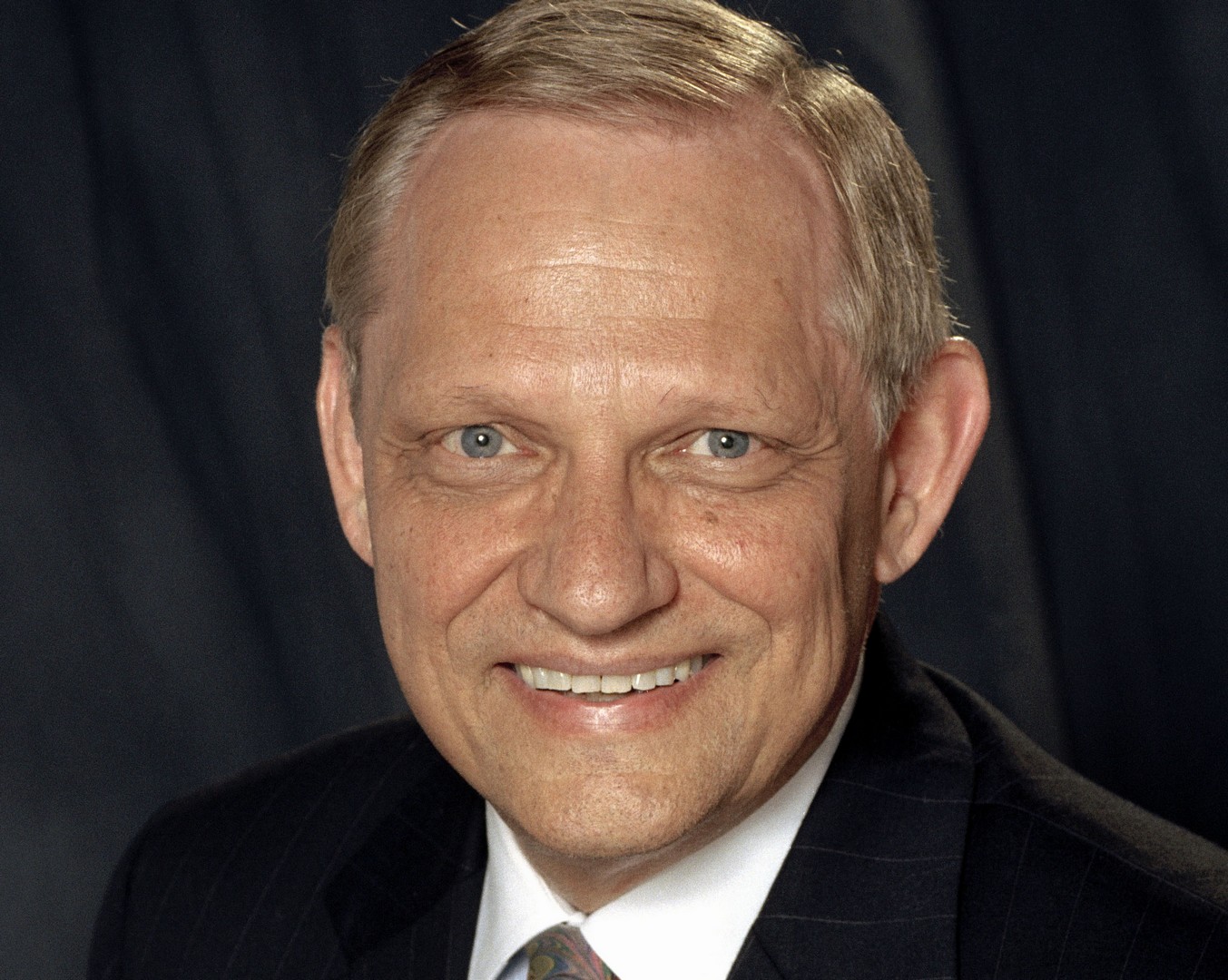By Gerry Czarnecki
If you are part of a typical board, your meetings probably follow a pattern that is in direct opposition to what governance professionals would recommend, and it is probably time for you to start challenging that pattern.
Does this pattern sound familiar? An infrequent meeting that starts with a socializing time, then a call to order, a quorum call, the approval of minutes, an explanation of each ministerial proposal or motion, then presentations by committee chairs, the treasurer and the president or executive director. Once a year, a budget is proposed; the board approves the budget and is informed on the state of fundraising. The meeting ends with an adjournment and a thank you for all who attended.
If that is where you are, then you are typical. If you are busy in your professional or personal life, you probably question the value of the time commitment. But wait, it does not have to be that way. Here are some suggestions to improve the process:
Make certain that the board decides to meet only as frequently as is required to make a meaningful contribution. Unless you are in crisis, once a month may be too much, and once a year is probably too infrequent.
Ensure that the board fully understands the difference between governance and management – even if you need to get training on that.
Ensure the board controls the agenda; do not defer to the president.
Ensure that all materials to be reviewed and discussed in the board meeting are sent to the members at least a week in advance.
Have management prepare an executive summary (one pager) for all topics in the materials, and that is the only material they will speak to in their presentation.
Have the board decide that all members will have read the advanced materials, and that management will not simply present the entire board book at the meeting.
Limit discussion on ministerial matters by using a “consent agenda” that allows all of those to be approved in one motion.
Limit reports and presentations by any person or committee to 10 minutes, recognizing that questions by board members may extend the time.
Limit the allocation of time for routine operational updates and dashboard reporting on operations to less than 50 percent of the meeting time.
Limit the “show and tell,” and maximize engagement by the board.
Encourage board member inquiry.
Focus on issues where the board can add value. Insist that a major element of meeting time is spent on “key strategic issues.”
If you change your meetings in these ways, you may work harder and be more intellectually challenged, but you will feel like you are contributing. Try it. You will like it. ↵
Gerry Czarnecki is founder and chairman of the nonprofit National Leadership Institute (nationalleadershipinstitute.org), which helps boards of nonprofit organizations become strategic assets to the leadership team. His extensive background as a C-suite executive and CEO is coupled with current board leadership of corporate and nonprofit organizations. He is also chairman and CEO of the Deltennium Group. Contact him at 561.293.3726 or gmc@deltennium.com.
















